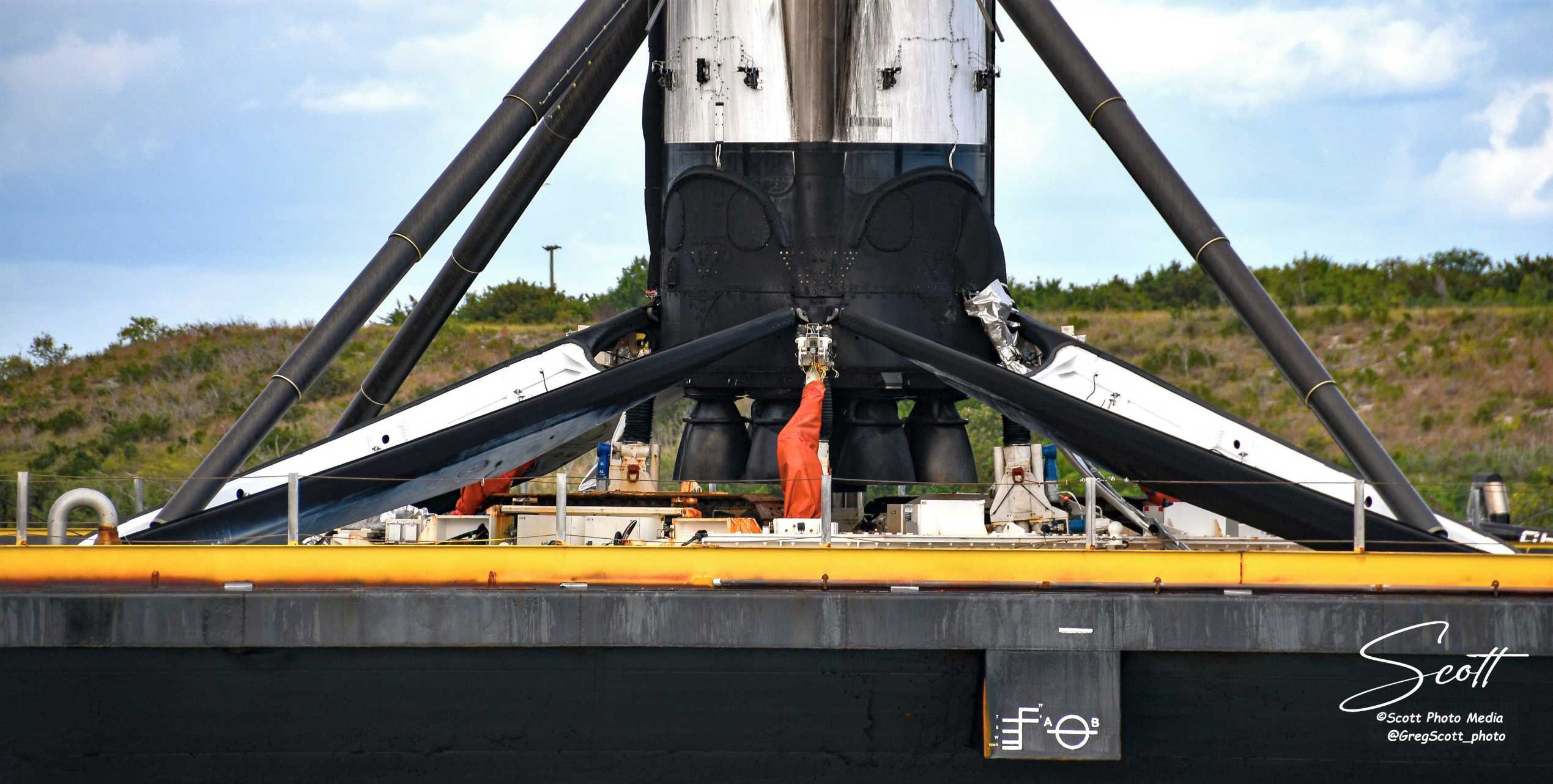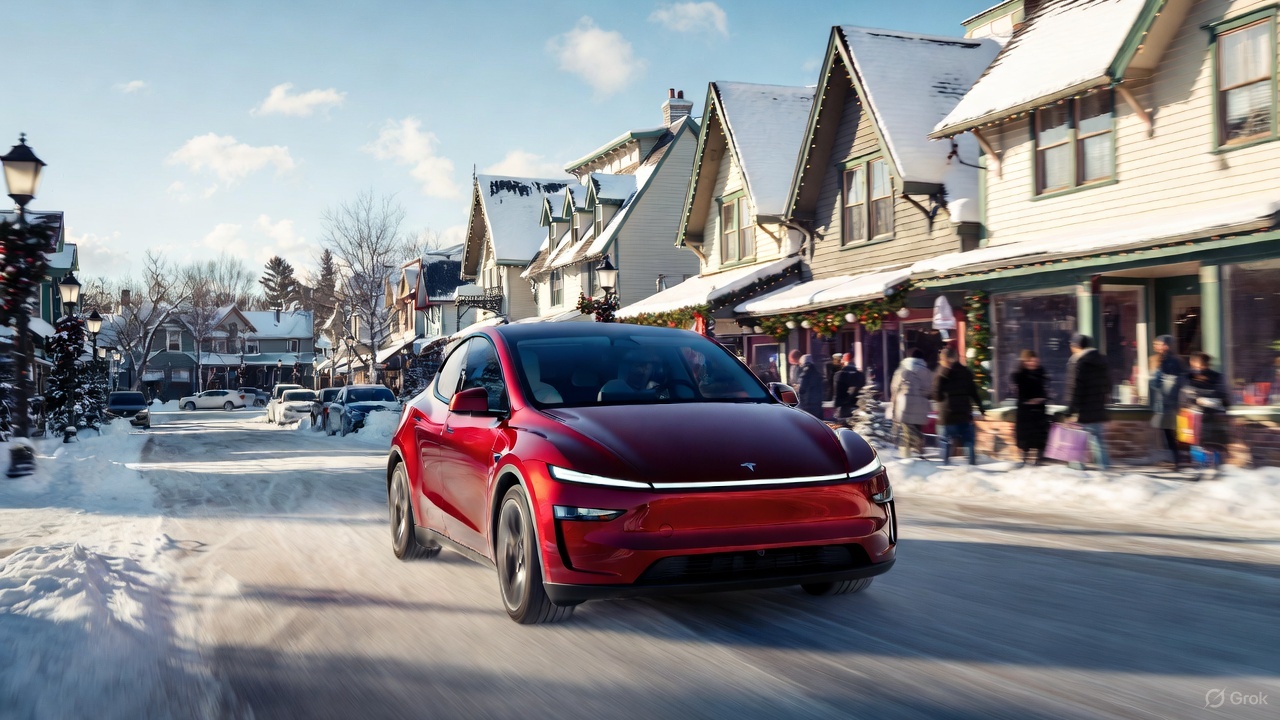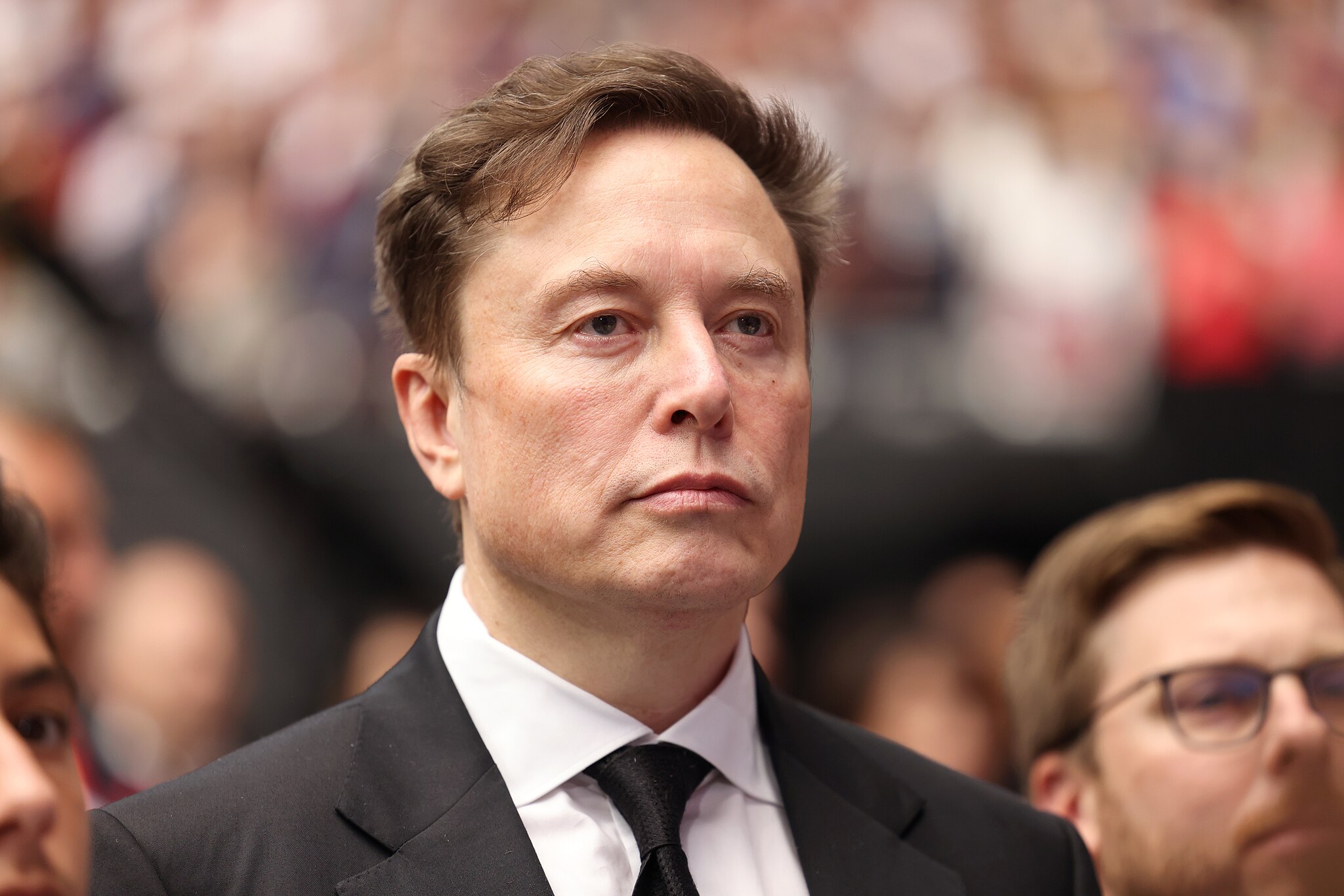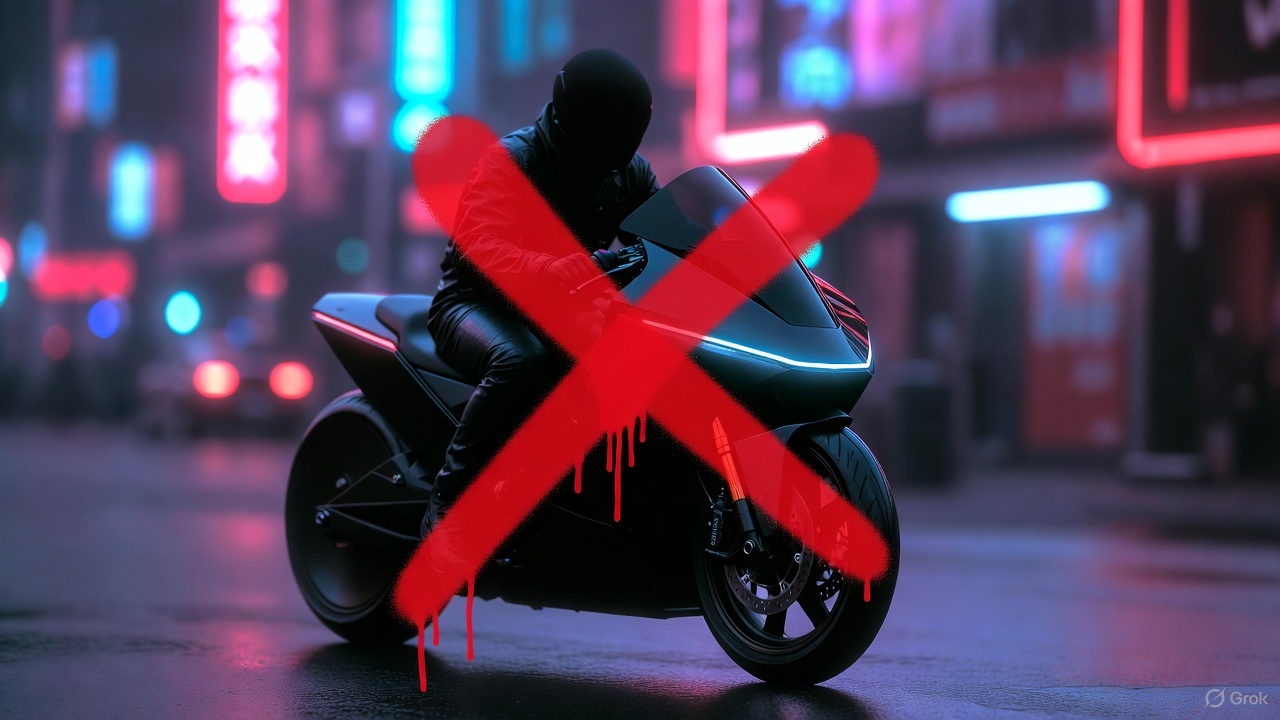

News
SpaceX wraps up a decade of reusable rocketry with fastest booster recovery yet
SpaceX has completed its 13th and final launch and landing of the year and decade, marked by a Falcon 9 booster’s successful return to Port Canaveral and subsequent processing to prepare it for another orbital-class mission.
Over the course of that recovery, SpaceX broke the record for the fastest Falcon 9 processing by several hours, a small but significant step towards the company’s ultimate goal of launching and landing the same Falcon 9 booster in less than 24 hours. Additionally, SpaceX appears to have finished processing booster B1056 on December 21st, the 4th anniversary of Falcon 9’s first successful landing after an orbital-class launch.
Since that first success on December 21st, 2015, SpaceX has rapidly moved through several distinct iterations of Falcon hardware, constantly improving components, systems, and the overall fit, finish, and reliability of the rocket. Over the last four years, SpaceX has landed an incredible 47 Falcon 9 and Falcon Heavy boosters as part of 60 orbital-class launches, while the company recently launched Falcon 9 B1048 for the fourth time and flew the same two Falcon Heavy boosters in April and June. Ultimately, 2019 has been a spectacularly successful year for SpaceX, and – by the numbers – 2020 is set to be several times more ambitious, still.
On December 20th, less than a day after arriving in Port Canaveral, SpaceX technicians began the process of retracting Falcon 9 booster B1056’s four deployed landing legs. As it turns out, B1056 – returning to port for the second time after its third launch – became the first Falcon 9 booster to have all of its landing legs successfully (and semi-permanently) retracted in May 2019. To accomplish the feat, SpaceX designed a custom retraction mechanism that simultaneously serves as the crane jig used to lift the booster while vertical.
“The crux of the need for a relatively complex crane-and-jig method of leg retraction rests on SpaceX’s landing leg design. Put simply, after rapidly deploying with a combination of gravity and hydraulics, Falcon 9 landing legs have no built-in way to return to their stowed state. Each of the four legs are quite large, weighing around 600 kg (1300 lb) and stretching about 10m (33 ft) from hinge to tip. They use an intricate telescoping carbon fiber deployment mechanism to give them legs enough strength to stand up to the stresses of Falcon 9 booster landings.
Combined, the legs’ size and telescoping mechanism makes the addition of an onboard retraction mechanism impractical. All the needed hardware would struggle to find a good place for installation and would quite literally be dead weight during launches and landings, stealing from Falcon 9/Heavy payload capacity and generally serving no purpose until a booster has been lifted off the ground with a giant crane.”
Teslarati — May 7th, 2019
Impressively, SpaceX took less than an hour and a half to successfully retract all four of thrice-flown Falcon 9 B1056’s also thrice-flown landing legs. Less than three hours after the rocket’s legs were snugly retracted, SpaceX immediately attached a second crane and brought the booster horizontal. Altogether, this made Falcon 9 B1056’s third recovery the fastest SpaceX has ever performed by 3-6 hours – seemingly small progress but still no mean feat.
SpaceX’s fastest-ever Falcon 9 recovery – from the drone ship berthing to the booster departing the port on a transporter – occurred with B1049 after its third launch and landing, taking just 2.01 days (48.25 hours). Falcon 9 B1056’s third recovery appears to have beaten that record by at least several hours, brought horizontal and installed on a SpaceX transporter perhaps less than 1.75 days (42 hours) after arriving in port – more than 10% faster than B1049’s previous record.
Meanwhile, SpaceX lifted a fairing half recovered off the surface of the Atlantic Ocean by GO Ms. Tree, appearing unharmed after having potentially been dropped when the ship’s secondary (fairing) fishing net tore while moving the Falcon 9 hardware.
With any luck, that fairing half will be in good enough shape to be reused on a future Starlink mission, seemingly unlikely but proven to be well within the realm of possibility after SpaceX’s very first fairing reuse involved two halves recovered off the ocean surface after Falcon Heavy Block 5’s April 2019 debut. B1056, however, is all but guaranteed to fly again – this time on its fourth launch – in the near future. SpaceX has dozens of launches planned in 2020, so there will be plenty of opportunities.
Check out Teslarati’s Marketplace! We offer Tesla accessories, including for the Tesla Cybertruck and Tesla Model 3.

News
Tesla’s new Holiday perk is timed perfectly to make FSD a household name
Tesla AI4 owners get FSD (Supervised) through Christmas, New Year’s Eve and well into the post-holiday travel season.

Tesla quietly rolled out a free Full Self-Driving (Supervised) trial for roughly 1.5 million HW4 owners in North America who never bought the package, and the timing could very well be genius.
As it turns out, the trial doesn’t end after 30 days. Instead, it expires January 8, 2026, meaning owners get FSD (Supervised) through Christmas, New Year’s Eve and well into the post-holiday travel season. This extended window positions the feature for maximum word-of-mouth exposure.
A clever holiday gift
Tesla watcher Sawyer Merritt first spotted the detail after multiple owners shared screenshots showing the trial expiring on January 8. He confirmed with affected users that none had active FSD subscriptions before the rollout. He also observed that Tesla never called the promotion a “30-day trial,” as the in-car message simply reads “You’re Getting FSD (Supervised) For the Holidays,” which technically runs until after the new year.
The roughly 40-day period covers peak family travel and gatherings, giving owners ample opportunity to showcase the latest FSD V14’s capabilities on highway trips, crowded parking lots and neighborhood drives. With relatives riding along, hands-off highway driving and automatic lane changes could become instant conversation starters.
Rave reviews for FSD V14 highlight demo potential
FSD has been receiving positive reviews from users as of late. Following the release of FSD v14.2.1, numerous owners praised the update for its smoothness and reliability. Tesla owner @LactoseLunatic called it a “huge leap forward from version 14.1.4,” praising extreme smoothness, snappy lane changes and assertive yet safe behavior that allows relaxed monitoring.
Another Tesla owner, @DevinOlsenn, drove 600 km without disengagements, noting his wife now defaults to FSD for daily use due to its refined feel. Sawyer Merritt also tested FSD V14.2.1 in snow on unplowed New Hampshire roads, and the system stayed extra cautious without hesitation. Longtime FSD tester Chuck Cook highlighted improved sign recognition in school zones, showing better dynamic awareness. These reports of fewer interventions and a more “sentient” drive could turn family passengers into advocates, fueling subscriptions come January.
Elon Musk
Elon Musk predicts AI and robotics could make work “optional” within 20 years
Speaking on entrepreneur Nikhil Kamath’s podcast, Musk predicted that machines will soon handle most forms of labor, leaving humans to work only if they choose to.

Elon Musk stated that rapid advances in artificial intelligence and robotics could make traditional work unnecessary within two decades.
Speaking on entrepreneur Nikhil Kamath’s podcast, Musk predicted that machines will soon handle most forms of labor, leaving humans to work only if they choose to.
Work as a “hobby”
During the discussion, Musk said the accelerating capability of AI systems and general-purpose robots will eventually cover all essential tasks, making human labor a choice rather than an economic requirement. “In less than 20 years, working will be optional. Working at all will be optional. Like a hobby,” Musk said.
When Kamath asked whether this future is driven by massive productivity growth, Musk agreed, noting that people will still be free to work if they enjoy the routine or the challenge. He compared future employment to home gardening, as it is something people can still do for personal satisfaction even if buying food from a store is far easier.
“Optional” work in the future
Elon Musk acknowledged the boldness of his claim and joked that people might look back in 20 years and say he was wrong. That being said, the CEO noted that such a scenario could even happen sooner than his prediction, at least if one were to consider the pace of the advancements in AI and robotics.
“Obviously people can play this back in 20 years and say, ‘Look, Elon made this ridiculous prediction and it’s not true,’ but I think it will turn out to be true, that in less than 20 years, maybe even as little as ten or 15 years, the advancements in AI and robotics will bring us to the point where working is optional,” Musk said.
Elon Musk’s comments echo his previous sentiments at Tesla’s 2025 Annual Shareholder Meeting, where he noted that Optimus could ultimately eliminate poverty. He also noted that robots like Optimus could eventually provide people worldwide with the best medical care.
Elon Musk
Elon Musk reiterates why Tesla will never make an electric motorcycle
Tesla CEO Elon Musk preemptively shut down speculations about a Tesla road bike once more.

Tesla CEO Elon Musk preemptively shut down speculations about a Tesla road bike once more, highlighting that the electric vehicle maker has no plans to enter the electric motorcycle market.
Musk posted his clarification in a post on X.
Musk’s reply to a fun AI video
X user @Moandbhr posted an AI video featuring the Tesla CEO on the social media platform, captioning it with “Mr. Elon Musk Just Revealed the Game-Changing Tesla Motorcycle.” The short clip depicted Musk approaching a sleek, single-wheeled vehicle, stepping onto it, and gliding off into the distance amid cheers. The fun video received a lot of traction on X, gaining 3.1 million views as of writing.
Musk replied to the post, stating that a Tesla motorcycle is not going to happen. “Never happening, as we can’t make motorcycles safe. For Community Notes, my near death experience was on a road bike. Dirt bikes are safe if you ride carefully, as you can’t be smashed by a truck,” Musk wrote in his reply.
Musk’s Past Comments on Two-Wheelers
Musk also detailed his reservations about motorcycles in a December 2019 X post while responding to questions about Tesla’s potential ATV. At the time, he responded positively to an electric ATV, though he also opposed the idea of a Tesla road-going motorcycle. Musk did state that electric dirt bikes might be cool, since they do not operate in areas where large vehicles like Class 8 trucks are present.
“Electric dirt bikes would be cool too. We won’t do road bikes, as too dangerous. I was hit by a truck & almost died on one when I was 17,” Musk wrote in his post.
Considering Musk’s comments about dirt bikes, however, perhaps Tesla would eventually offer a road bike as a recreational vehicle. Such a two-wheeler would be a good fit for the Cybertruck, as well as future products like the Robovan, which could be converted into an RV.









